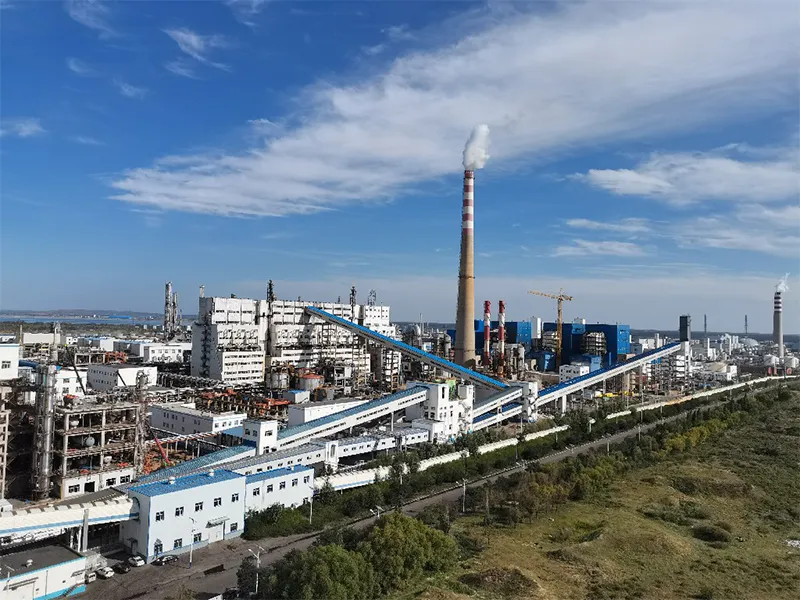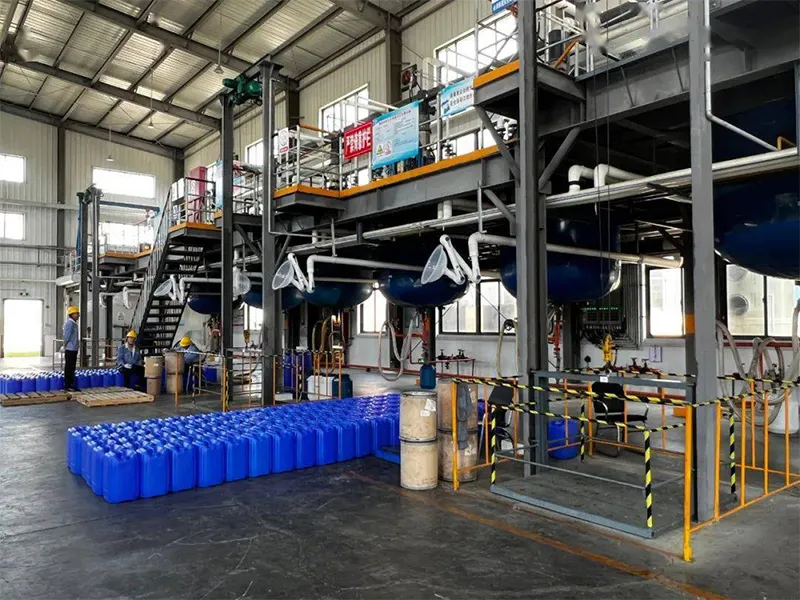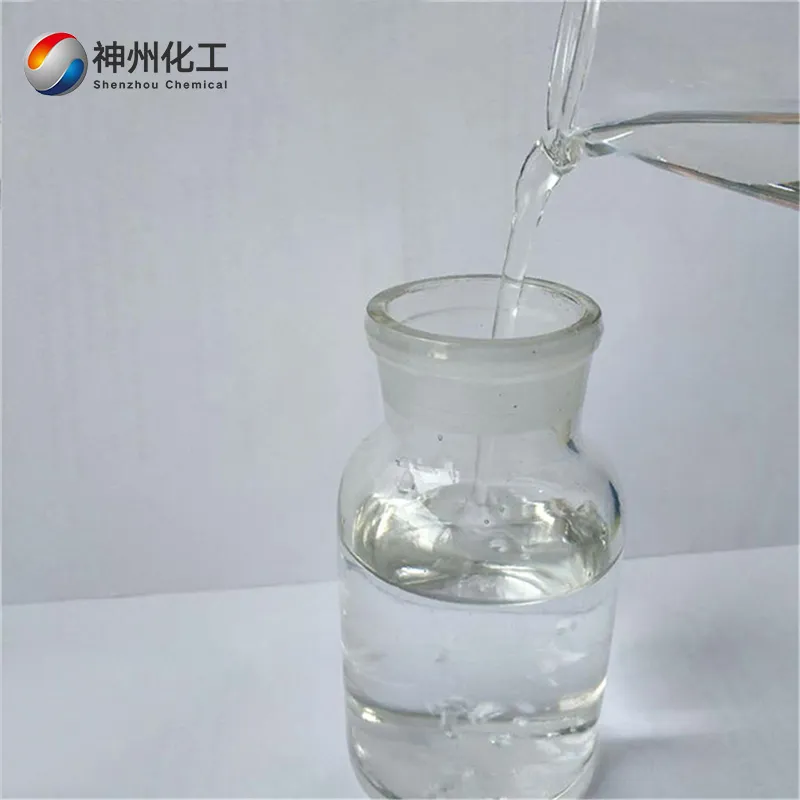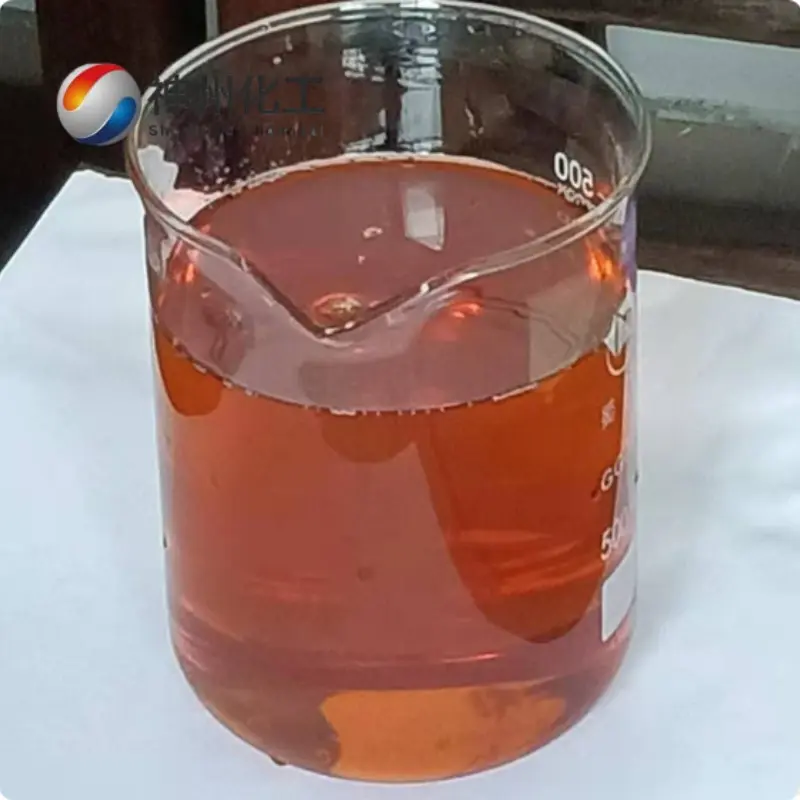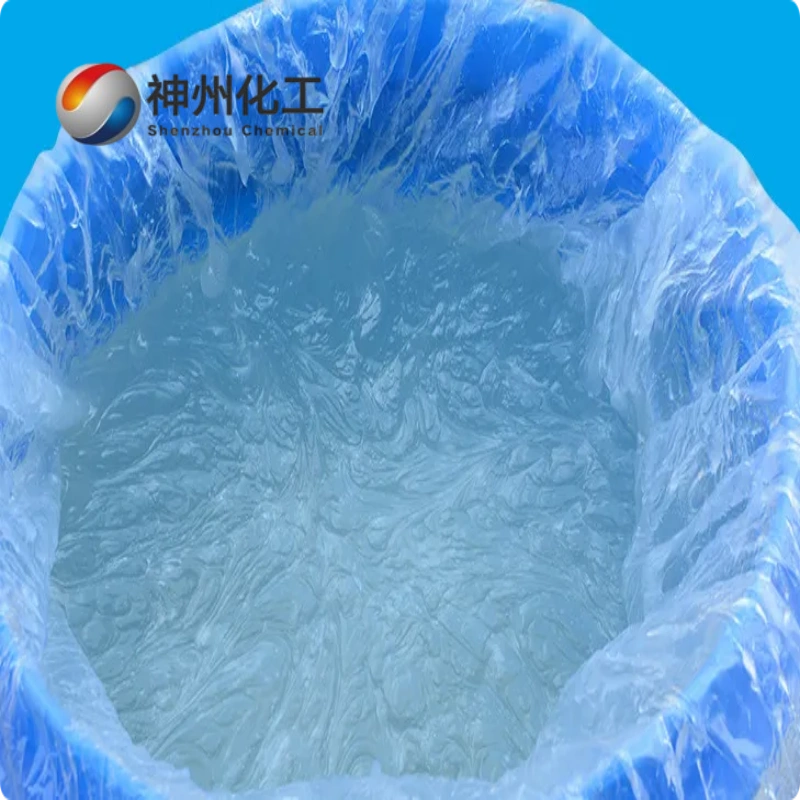Phosphoric Acid (85%) 7664-38-2
Have Any Questions?
Let our vertically integrated solutions – from Chinese manufacturing hubs to your local warehouse – become your competitive advantage.
- +86 13376344351
Leave Your Message
Phosphoric Acid (85%) 7664-38-2
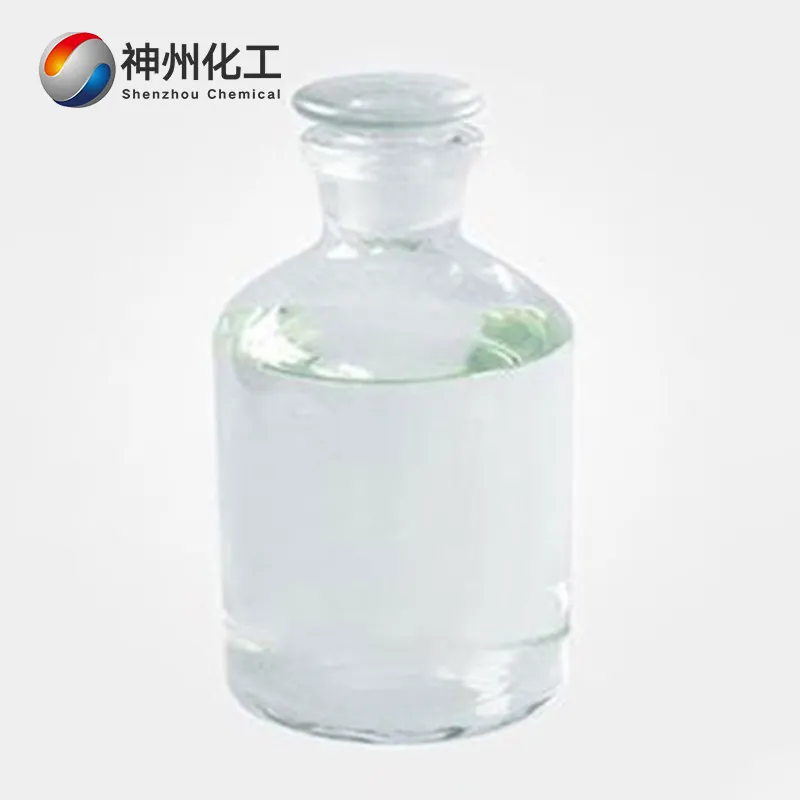



- Chemical Name:Phosphoric Acid (85%)
- CAS No.:7664-38-2
- Product Categories:Inorganic Chemistry
- Molecular Formula:H3O4P
- Formula Weight:98
- Appearance:Colorless viscous liquid
- Storage and transportation characteristics: low temperature, ventilation, dryness, waterproof, moisture-proof
- Type Of Transportation:By Air/By Sea/By Train/By Express
- Type Of Transportation:Available
- Chemical Name:Phosphoric Acid (85%)
- CAS No.:7664-38-2
- Product Categories:Inorganic Chemistry
- Molecular Formula:H3O4P
- Formula Weight:98
- Appearance:Colorless viscous liquid
- Storage and transportation characteristics: low temperature, ventilation, dryness, waterproof, moisture-proof
- Type Of Transportation:By Air/By Sea/By Train/By Express
- Type Of Transportation:Available




Product Description Of Phosphoric Acid (85%) 7664-38-2
Phosphoric Acid (85%) 7664-38-2 (molecular formula H₃PO₄), is a pure substance that exists as a colorless, transparent, viscous liquid or orthorhombic crystals. It is odorless and has a very acidic taste. 85% phosphoric acid is a colorless, transparent, or slightly tinted viscous liquid. It has a melting point of 42.35°C, a density of 1.70, and is a high-boiling-point acid.
It is miscible with water in any proportion. At a boiling point of 213°C (when half of the water is lost), it forms pyrophosphoric acid. When heated to 300°C, it becomes metaphosphoric acid. Its relative density is 181.834. It is highly soluble in water and soluble in ethanol. Phosphoric acid is a common inorganic acid, classified as a medium-strength acid.
Its acidity is weaker than that of strong acids such as sulfuric acid, hydrochloric acid, and nitric acid, but stronger than that of weak acids such as acetic acid, boric acid, and carbonic acid. When phosphoric acid reacts with sodium carbonate, different acid salts are formed at different pH levels.
It can irritate the skin and cause inflammation, damaging bodily tissues. Concentrated phosphoric acid has an erosive effect when heated in ceramic containers. It is hygroscopic and should be stored in a sealed container. Commercially available phosphoric acid is a viscous concentrated solution containing 82% H₃PO₄. The high viscosity of phosphoric acid solutions is due to the presence of hydrogen bonds in the solution.
Chemical Properties Of Phosphoric Acid (85%) 7664-38-2
| Melting point | ~40 °C(lit.) |
| Boiling point | 158 °C(lit.) |
| Density | 1.685 g/mL at 25 °C(lit.) |
| Vapor density | 3.4 (vs air) |
| Vapor pressure | 2.2 mm Hg (20 °C) |
| Refractive index | n20/D 1.433 |
| FEMA | 2900 | PHOSPHORIC ACID |
| Storage conditions | no restrictions. |
| Solubility | water-soluble |
| Acidity coefficient (pKa) | 2.1-7.2-12.3(at 25℃) |
| Form | Solid or viscous liquid |
| Color | <10(APHA) |
| Specific gravity | 1.7 |
| Odor | odourless |
| pH value range for acid-base indicator color change | 1.5 |
| pH value | 3.06(1 mM solution);2.26(10 mM solution);1.63(100 mM solution); |
| Biological source | synthetic |
| Water solubility | MISCIBLE |
| Maximum wavelength (λmax) | λ: 260 nm Amax: s0.05 λ: 280 nm Amax: s0.04 |
| Merck | 147,344 |
| BRN | 1921286 |
| Dielectric constant | 61 |
| Exposure limit | TLV-TWA 1 mg/m3 (ACGIH, MSHA, and OSHA); TLV-STEL 3 mg/m3 (ACGIH). |
| InChlKey | NBIIXXVUZAFLBC-UHFFFAOYSA-N |
| LogP | -2.15 |
| CAS database | 7664-38-2(CAS DataBase Reference) |
| NIST chemical substance information | Phosphoric acid(7664-38-2) |
| EPA chemical substance information | Phosphoric acid (7664-38-2) |
Application of Phosphoric Acid (85%) 7664-38-2
Mainly used in the phosphate industry, electroplating, polishing industry, sugar industry, compound fertilizers, etc. In the food industry, it is used as an acidulant, yeast nutrient, etc.
Mainly used as a catalyst for the production of ethanol from ethylene hydration, high-purity phosphates, pharmaceutical manufacturing, and chemical reagents.
Mainly used in the production of chemical fertilizers, detergents, food and feed additives, flame retardants, and various phosphates.
Commonly used as an analytical reagent.
Used in volumetric and colorimetric analysis, etc.
In the production of silicon planar tubes and integrated circuits, aluminum foil is widely used as electrode leads, requiring photolithography of the aluminum foil, with phosphoric acid serving as an acidic cleaning and etching agent. It can be used in combination with acetic acid.
Can be used as an acidulant and yeast nutrient. It can be used as an acidulant in seasonings, canned foods, and soft drinks. It serves as a yeast nutrient source during brewing to prevent the growth of unwanted microorganisms.
It functions as a yeast nutrient, chelating agent, antioxidant synergist, and inorganic acidulant, with an acidity of 2.3–2.5. It can be used in composite seasonings, canned foods, cheese, jellies, and cola-type beverages, with usage adjusted according to production requirements.
Wet-process phosphoric acid is primarily used to manufacture various phosphates, such as ammonium phosphate, potassium dihydrogen phosphate, sodium hydrogen phosphate, sodium triphosphate, and condensed phosphate salts. Refined phosphoric acid is used to produce calcium hydrogen phosphate for feed. It is used for phosphating metal surfaces, formulating electrolytic polishing solutions, and chemical polishing solutions for polishing aluminum products.
In the pharmaceutical industry, it is used to manufacture sodium glycerophosphate, iron phosphate, etc., and also to produce zinc phosphate as a dental adhesive for tooth fillings. It serves as a catalyst for the condensation of phenolic resins and as a drying agent in the production of dyes and intermediates. In the printing industry, it is used to prepare cleaning solutions for removing stains from offset printing plates.
It is also used to prepare matchstick impregnation solutions. In the metallurgical industry, it is used to produce phosphate refractory mortar to extend the lifespan of steel furnaces. It serves as a coagulant for rubber slurry and as raw material for producing inorganic adhesives. In the coatings industry, it is used as a rust-preventive paint for metals.
Packaging Method of Phosphoric Acid (85%) 7664-38-2

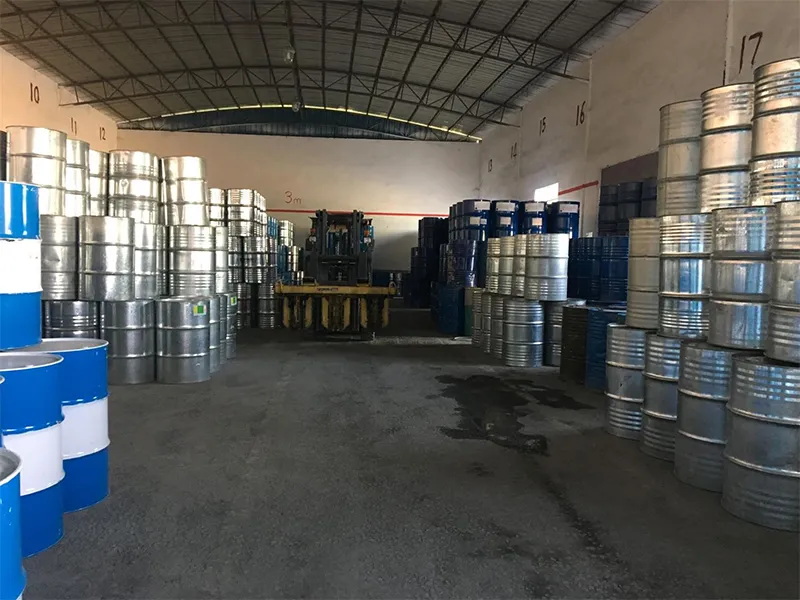
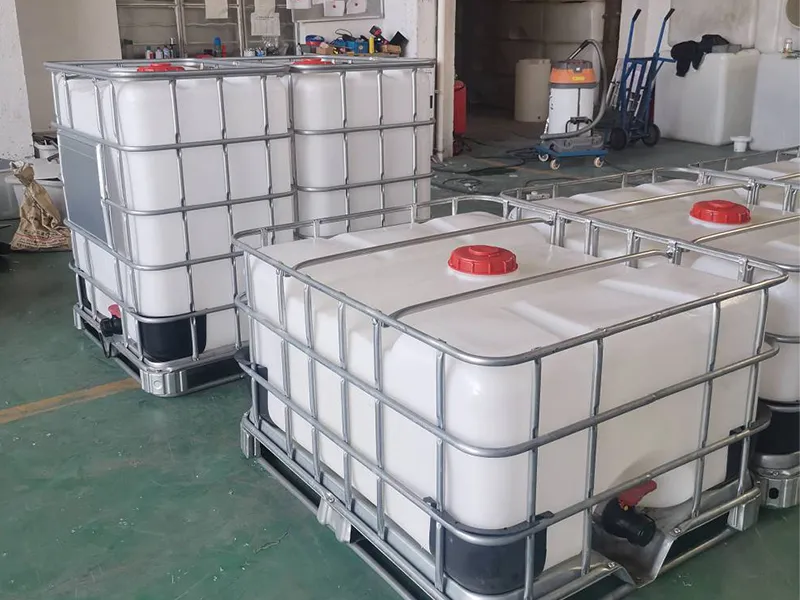

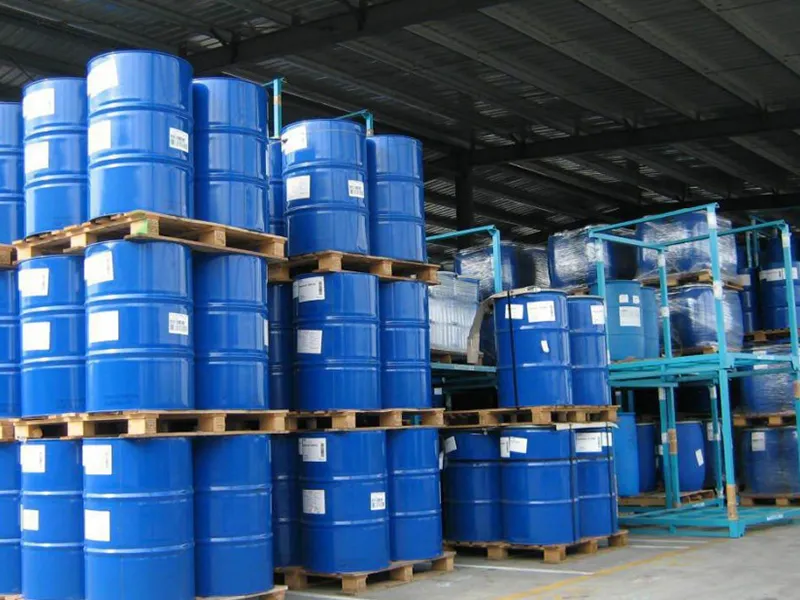
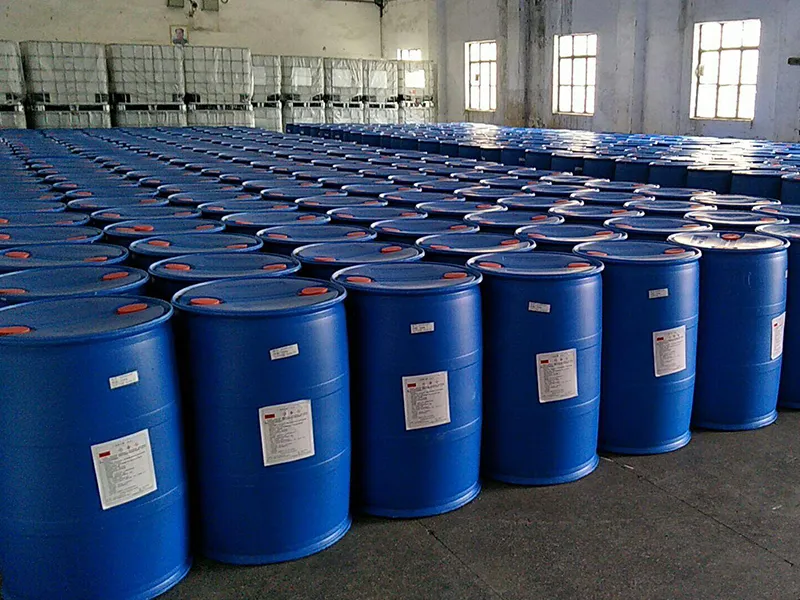
Factory Show
